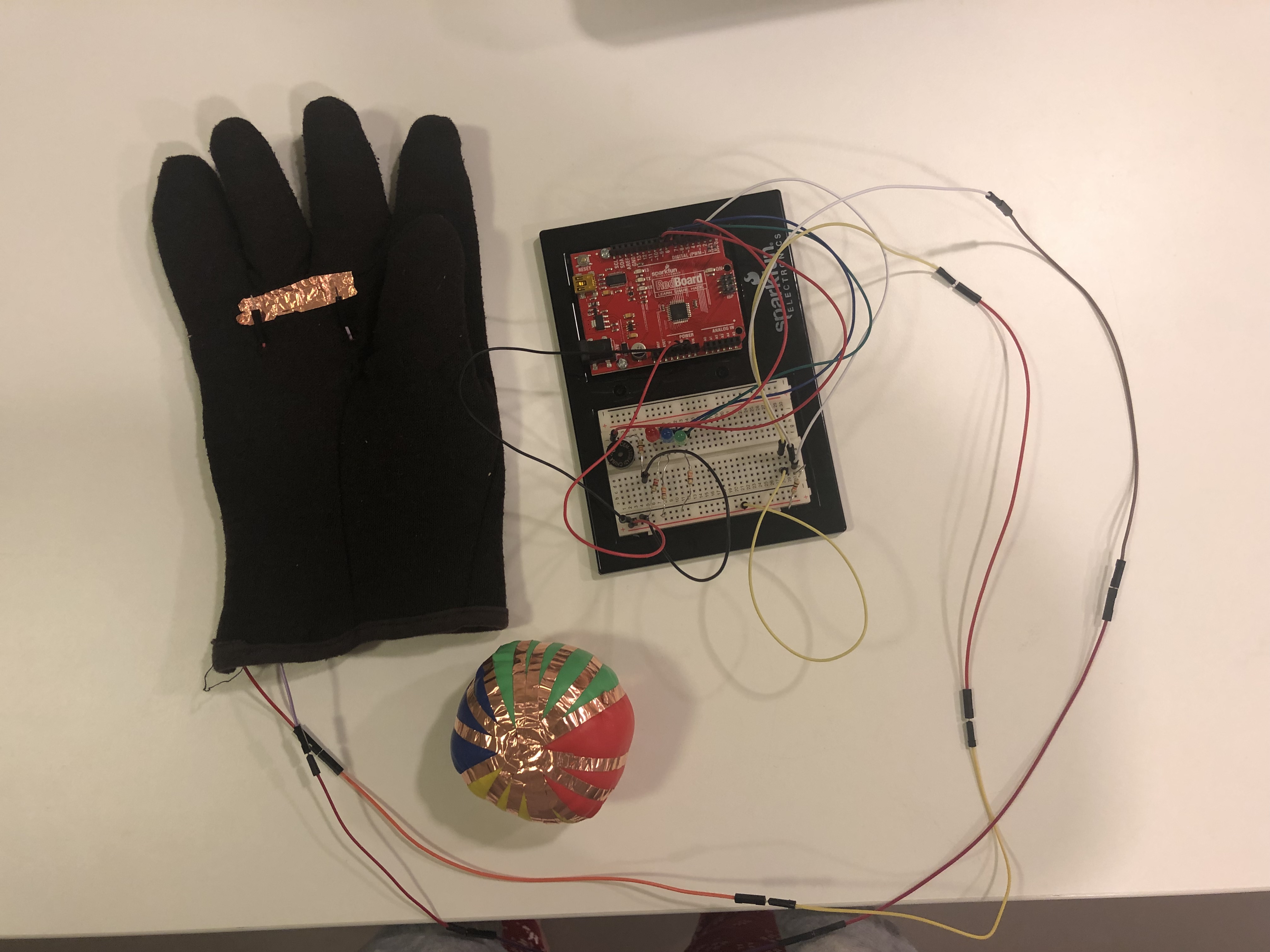“The Art of Interactive Design”
From what I have understood, Chris Crawford aims to provide his definition of what ‘interaction’ is. And according to him, interaction is “A cyclic process in which two actors alternately listen, think and speak”. In my perspective, after reading his work, I have found both advantages and disadvantages to this definition of ‘interaction’.
Advantage
The best part of this reading is that Crawford acknowledges that his own definition does not represent the word itself. Not only that, Crawford also believes that definitions of any word are subjective, which is a concept I highly agree with. This is why Crawford introduced the concept of the degree of interaction, where one would measure how “interactive” an act is. The notion that Crawford is inclusive about multiple views, even those of his oppositions, is highly applaudable and shows that he has though deeply about the definition.
Moreover, what Crawford said is true; interaction does involve listening, speaking, and thinking. And this part he clearly elaborates and how each task is significant towards interaction. But there are always exceptions, which is why I will now go to disadvantages.
Disadvantages
In the readings, there are numerous cases in which Crawford attempts to dispel any sort of rebuttal against his case. Yet the problem stems from not the hidden exceptions themselves (I will explain soon) but from his definition of ‘interaction’, mainly because it is so vague. What does he mean by actors? Is the expression figuratively directed towards humans only, or do any beings with a human-like behavior (breathing, moving) count? As I write this myself, I too know that this is arduous to define, but I believe that Crawford should have at least touched on this part of his definition.
Because one example of an exception I found was how humans interact with dogs. We do not know the language of dogs, so while we can talk to them we cannot converse with them. However, when you see someone petting a dog, while it wags its tail of joy, licking its owner, would you not see that as an interaction? A similar example has been presented by Crawford himself, where he states that some view plays to be interactive because the actors on the stage set the mood and sway the people watching them, thus being interactive. But in that case I do agree with Crawford: the actors aren’t directly interacting on a simultaneous time-space where immediate feedback is possible. However, with the example of the dog, everything makes sense, yet it does not comply with Crawford’s definition. What do you think?
Rotational Lights
I wanted to tinker around with LEDs (output) and switches (input), but I craved for something more. As my curiosity grew and grew, I searched about Arduino Uno online, and found out the Servo motors. With some luck, and some help, I managed to get it working and then it got me thinking, “I should link this with the lights I have.” So I wrote a condition saying that while the angles of the Servo motor was from 10 degrees to 180 degrees, the green light would flashing, indicating a sunset or a bright day (because green is positive). And while the angle was 180 degrees to 10 degrees, the red LED would flash (indicating a sunset).
Next to it is a small second project, where the blue switch would alternatively turn on and off both the green and the red LEDs. Here is a video showing the results of my project. Enjoy!


